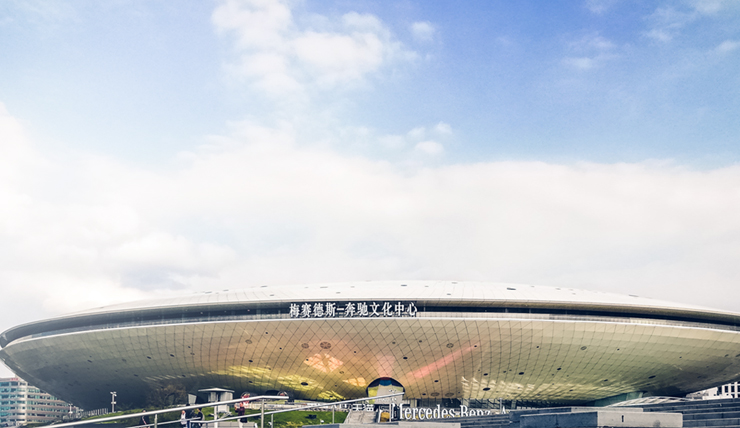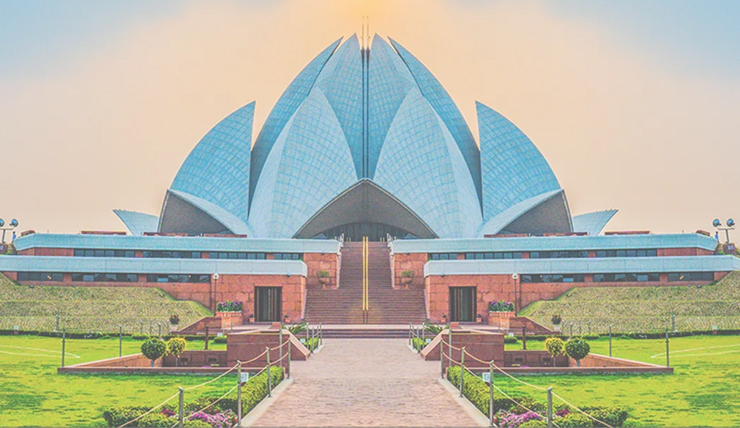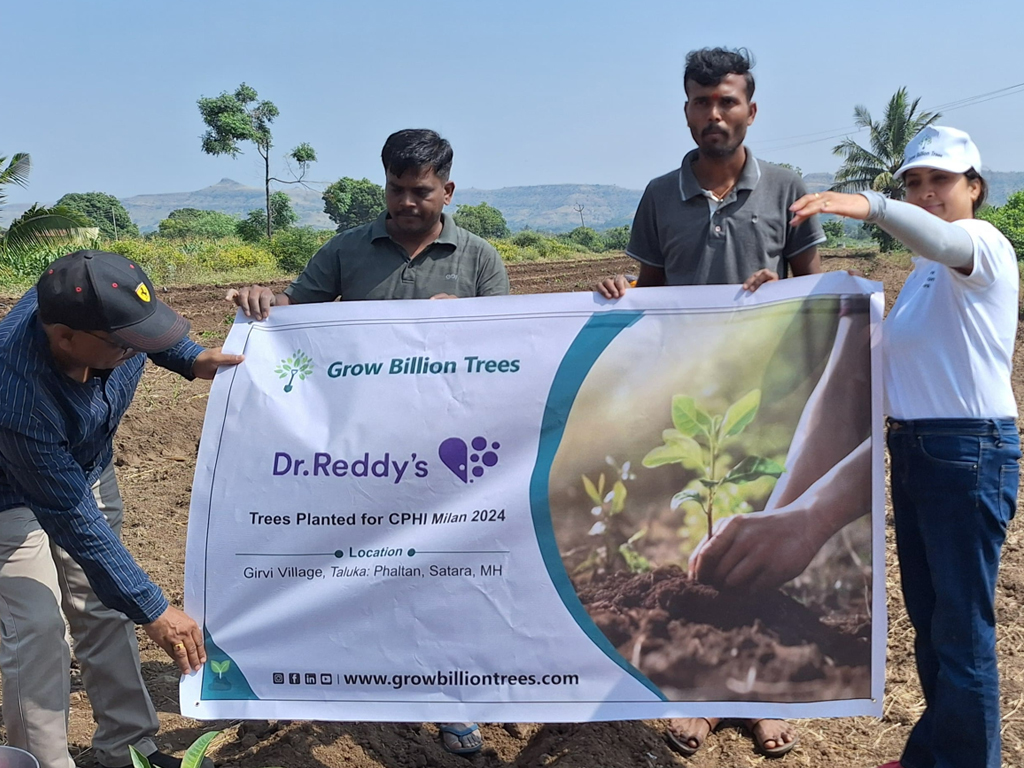Meet with our product experts in one-on-one virtual sessions
Set Up a MeetingCultivating
Sustainability:
Dr. Reddy's Agroforestry Initiative to Combat Climate Change
Tree Plantation Purpose
Dr. Reddy’s tree plantation initiative in an agroforestry setup contributes to several United Nations Sustainable Development Goals (SDGs).
1. SDG 2: Zero Hunger
Dr. Reddy’s agroforestry initiative supports food security by creating more sustainable farming practices. Integrating trees with crops enhances soil fertility, increasing crop yields and resilience, which directly contributes to stable food production. By fostering crop diversity and promoting eco-friendly farming techniques, the initiative helps local farmers produce more food sustainably, supporting long-term food security in the region.
2. SDG 8: Decent Work and Economic Growth
This initiative provides economic opportunities for farmers by allowing them to diversify their income. Trees grown in an agroforest can yield additional products such as fruits, nuts, and timber, which can be sold for extra revenue. The inclusion of farmers in the agroforestry system promotes stable employment, encourages entrepreneurial opportunities in rural areas, and contributes to economic growth by creating a steady income stream, thereby improving overall livelihoods.
3. SDG 12: Responsible Consumption and Production
Dr. Reddy’s approach to agroforestry encourages sustainable agricultural practices that reduce dependence on harmful chemicals and synthetic fertilizers. By supporting an organic, ecosystem-friendly approach to farming, the initiative minimizes environmental impact and promotes sustainable production. This responsible method helps balance consumption with the natural regenerative capacities of the land, aligning with the principles of responsible resource use.
4. SDG 13: Climate Action
Agroforestry plays a critical role in carbon sequestration. The trees planted by Dr. Reddy’s absorb and store carbon dioxide, directly combating climate change by reducing greenhouse gases. Furthermore, agroforestry strengthens climate resilience by stabilizing the soil, conserving water, and protecting crops from extreme weather. These efforts represent a significant contribution to climate action, helping mitigate environmental impacts at both local and global levels.
5. SDG 15: Life on Land
By creating agroforests, Dr. Reddy’s initiative promotes biodiversity and restores degraded land. Trees planted in these areas support diverse ecosystems, providing habitats for various species of birds, insects, and small mammals. The approach also prevents soil degradation, minimizes erosion, and maintains soil health. The restored land fosters a rich and thriving ecosystem, enhancing biodiversity and protecting natural resources for future generations.
6. SDG 17: Partnerships for the Goals
Dr. Reddy's partnership with Grow Billion Trees exemplifies the power of collaboration in advancing sustainable development, particularly in achieving "Partnerships for the Goals" (SDG 17). By joining forces, Dr. Reddy’s gains access to expert insights and resources from Grow Billion Trees, enhancing the impact of their agroforestry initiative. This partnership enables a broader reach and greater efficiency in tree planting, as well as improved environmental practices that support sustainable agriculture and carbon sequestration. Together, they share resources, knowledge, and a common mission to empower local communities, making a lasting impact on the environment while demonstrating the effectiveness of cooperative action in achieving global sustainability goals.
Events
Upcoming events where Dr. Reddy’s API Specialists will be present


CPHI China 2024



CPHI China 2024

Renuncia
Ninguna información en este sitio web, incluyendo cualquier referencia a cualquier producto o servicio, constituye una oferta de venta ni se interpretará como tal. Los productos protegidos por patentes válidas no se ofrecen ni suministran para uso comercial. Sin embargo, en ciertos casos, a discreción exclusiva de Dr. Reddy's y sujeto a los requisitos legales locales, las cantidades de investigación de dichos productos pueden ofrecerse para fines de presentaciones regulatorias según la Sección 107A de la Ley de Patentes de la India (exención de Bolar), donde existan dichas exenciones regulatorias. Los compradores deben realizar su propia evaluación del producto o servicio, incluyendo el escenario de patentes en sus respectivos mercados, y serán responsables de todas las responsabilidades relacionadas con las patentes. Dr. Reddy's renuncia a todas las garantías, expresas o implícitas, incluyendo, entre otras, las garantías de comerciabilidad, idoneidad para un propósito particular y no infracción.
Let’s discuss API sourcing

Join us at Hall - 9.1 | Booth - B48




